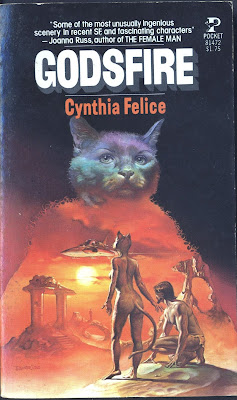Fifty Years of American Pop Culture
by Tony Goodstone
Chelsea House, 1970
What was to be called the Nostalgia Craze of American pop culture arguably began in 1967, with the release of the movie Bonny and Clyde, which sparked an interest in things of the Depression and the 1930s.
Canada Dry ginger ale advertisement, late 60s
Bantam Books nudged the appreciation for the 30s along a little further by buying the reprint rights to the entire catalog of Street and Smith's 'Doc Savage' character. The release of The Man of Bronze in October 1964, with an arresting cover by James Bama, sparked interest in the old pulp magazines. Three years later Lancer Books acquired the rights to the Conan stories of Robert E. Howard and began introducing this characters to an entirely new generation of readers.
By the early 70s Berkley Books paperbacks dedicated to reprinting the adventures of 'G-8 and His Battle Aces' were sharing shelf space with the Bantam Don Savage titles. Berkley even copied the distinctive 'wave' styling of the Doc Savage titles for its G-8 books:
The Pulps, Tony Goodstone's overview of the pulp magazines, therefore was riding the growing wave of the Nostalgia Craze upon its publication in 1970. The Pulps was a well-produced hardcover book of 239 pp. The opening chapters provided a brief history of the rise and fall of the pulps, followed by a color section devoted to reprinting the covers of various magazines representing different genres. The bulk of the book was made up of reprints of actual pulp stories, and included examples of science fiction, western, mystery, spicy, and adventure stories.
Goodstone was interested in supplying his readers with a sampling of pulp fiction rather than showcasing the more well-known pulp authors; however, a story by Robert E. Howard did make it into the collection:
The reception given to The Pulps was, as best as I can tell, a reasonably favorable one. In his review of the book in the December 27, 1970 printing of New York Times, William Murray is not effusive in his praise, but because it brings back memories of his younger days, he is disposed to treat it rather more kindly than (for example) someone for whom the pulps did not induce nostalgia.
He remarks:
Mr. Goodstone, evidently an expert in schlock, has done a pretty fair job of assembling these examples from the world of the pulps, which flourished during the first half of this century and really hit their golden age during the Depression. He has made no attempt to select the best material, but only the most representative and I think he has succeeded admirably. Also, the volume, in choice of paper, type and layout, comes fairly close to re‐creating the original format.
Murray regarded Goodstone's book and the subject of the pulps as the latest manifestations of the popularity of 'Camp'.
My copy of The Pulps is a first edition, albeit one with some severe water-staining. However, copies in 'Very Good' condition can still can be found for under $20. If you are a fan of pop culture, Americana, and - obviously - pulp fiction, then grabbing a copy of The Pulps if you should see it on the shelf in a used bookstore is recommended.












































































